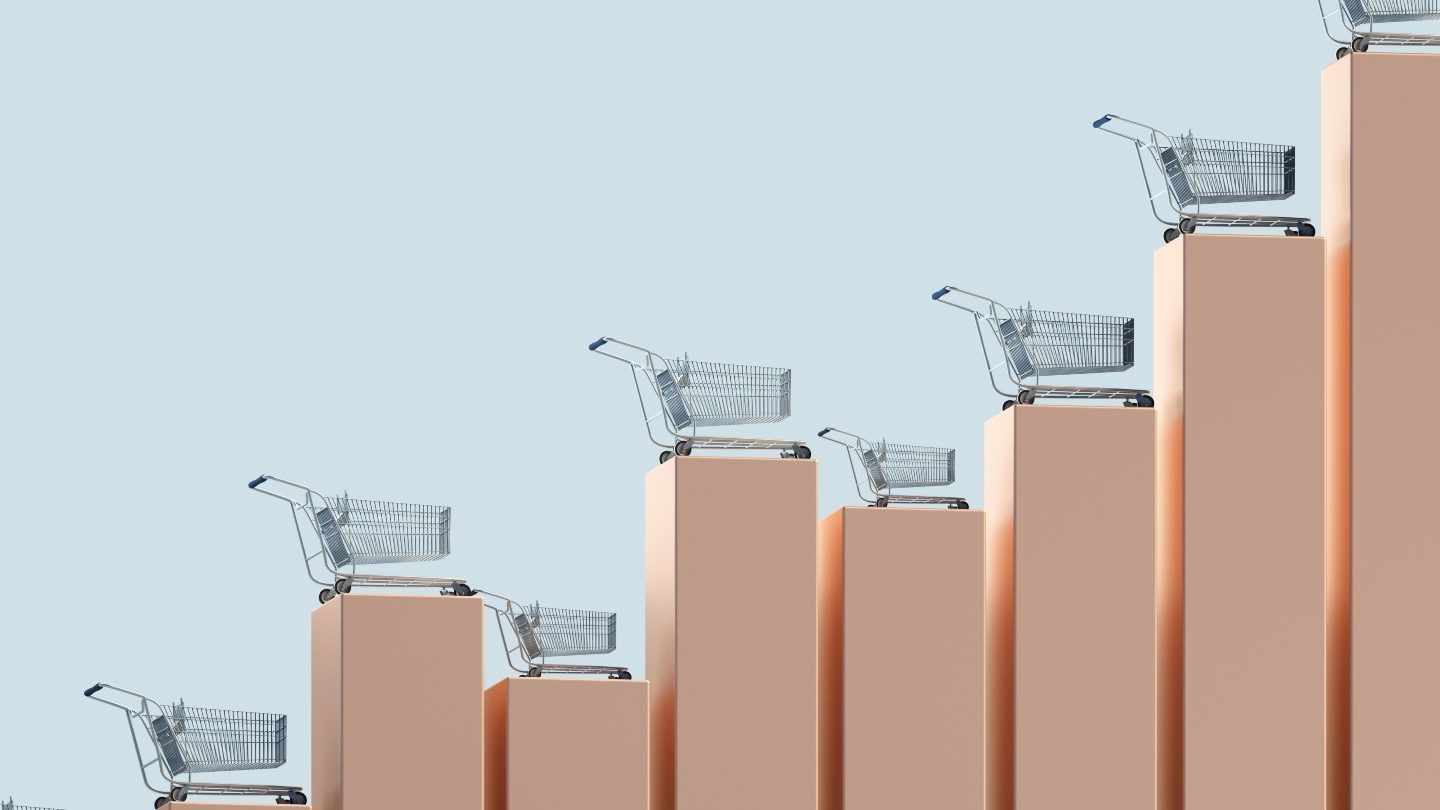Aussie retail spending surges over holidays but what’s next?

Despite economic troubles last year, new data has found that the total retail spend over the 2022 pre-Christmas and Boxing Day periods were higher than the previous year.
Data from Westpac shows that between November 1 and December 24, retail sales were up 8.6% compared with the same period in 2021.
In support of this, payment technology company Square says that both the number of transactions as well as the overall spend using its payment technology increased in the 2022 Christmas period, compared to 2021.
The number of transactions grew by 29% while the dollar amount increased by 24%.
“This is without a doubt, the biggest festive season spend on record – it is unprecedented,” says chief executive of Australian Retailers Association, Paul Zahra.
Zahra also acknowledges that these headline numbers don’t take into account price increases due to inflation.
“Some analysts have said, and I broadly agree, that up to two-thirds of increase [in Christmas retail spending] was due to increase in prices and a third was the increase in volume.”
Boxing Day spending up greatly on 2022
Boxing Day remains one of Australia’s biggest sales events, with Westpac finding that Boxing Day sales increased by 15% in 2022, compared with the previous year.
In total, spending surpassed $1.2 billion worldwide.
The most popular sales categories were household goods followed by clothing, footwear and personal accessories. The Australian Retailers Association found that shoppers spent about $314 million in the household goods category on 26 December alone.
Clothing, footwear and personal accessories spending together equaled about $217 million.
Zahra said Boxing Day has once again cemented its status as the Grand Final of Australia’s favourite sport, shopping.
Why are Aussies still spending despite the cost of living crisis?
Zahra says that one reason for this record spend is that “Australians are seeing shopping as an experience and a reward after such a challenging period.”
In addition, Barbeques Galore chief executive, Angus McDonald noted that with the unemployment rate at a 48-year low of 3.4%, consumers still had money to spend at year’s end.
“Even though there’s obviously uncertainty in terms of consumer sentiment, people still have jobs,” he said. “If they’re passionate about something and they’re excited about the product and excited about what that means for them and their lives, there’s still plenty of opportunity for retailers.”
2023 spending intentions
It’s expected that 2023 will be another year of high inflation and rising interest rates.
NAB chief economist, Alan Oster says that he expects the impact of rising interest rate rises will be “quite aggressive” this year.
According to Deloitte’s latest Retail Forecast, author David Rumbens says it’s possible that the retail sector will enter a short and shallow recession at the start of 2023 as sales slow. Sales volumes have been estimated to decrease by 0.2% in the March quarter and 0.4% in the June quarter but pick up in the second half of the year.
Find out more about the predictions to interest rates in 2023 here.
Want more online shopping news and tips? Check out our online shopping hub.
